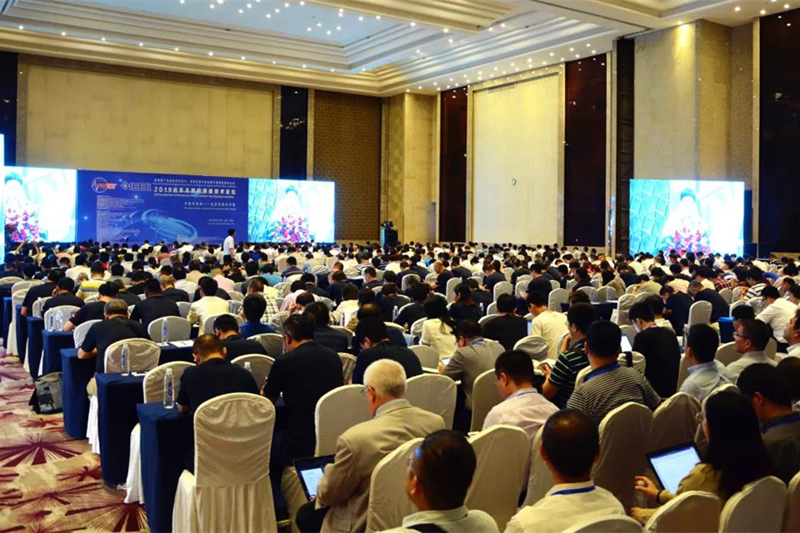Although looking for cracks and flaws in aircraft and materials is an arduous task it can mean the difference between life and death. The need to ensure high standards of quality and safety during manufacturing, assembly and while in-service has led to the development of NDT standards and specifications for both civil and military aviation.

There are several national and international organizations that develop standards for NDT methods, equipment and training. These include the American Society for Nondestructive Testing (ASNT), the British Institute of Non-Destructive Testing, the International Committee for Non-Destructive Testing and the European Federation for Non-Destructive Testing. International standards are also overseen by the ISO and the ASTM International (American Society for Testing and Materials).
Standard exists for both civil and military tests and training. Common certifications for staff using non-destructive testing include ASNT’s Central Certification Program (ACCP), while the SNT-TC-1A Personnel Qualification and Certification in Nondestructive Testing provides guidelines and a framework for in-house NDT certification programs. SNT TC-1A has three different levels of qualification, each with more duties and responsibilities than the last.
Conclusion
The use of NDT in aerospace is increasing thanks to advances in technologies, connectivity, data handling and analysis. Its complexity is also increasing, although often traditional techniques such as tap tests or liquid penetration tests still offer more than satisfactory ways of testing aerospace parts. This part of the aerospace testing sector is crucial to the safety of passengers and all others in the aviation sector. To carry out NDT, adherence to standards and training are necessary to ensure the high levels of training continue in the future.
-
 Sales@hata-ndt.com
Sales@hata-ndt.com -
 0086-0371-86172891
0086-0371-86172891










